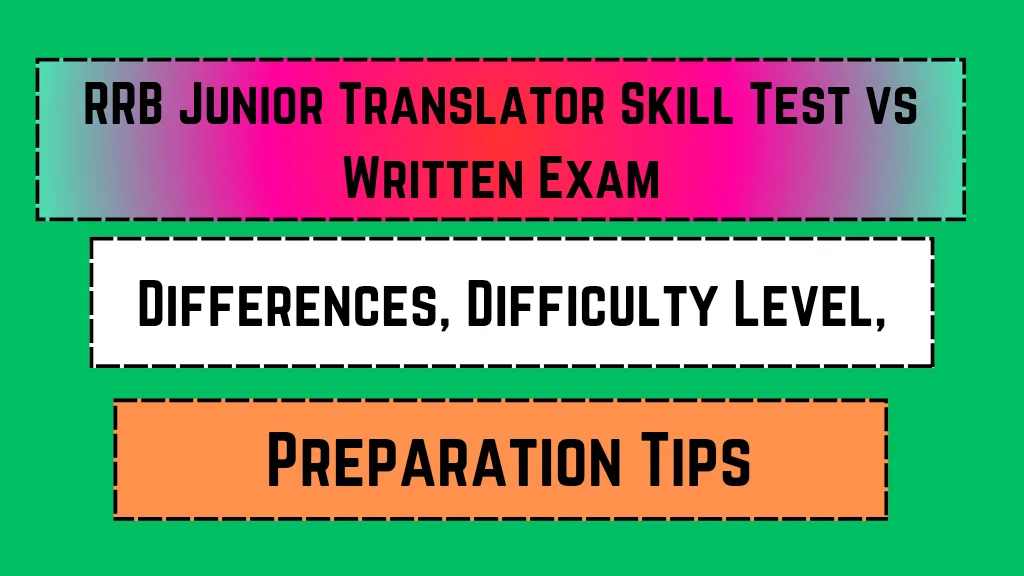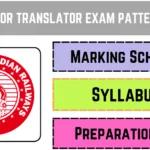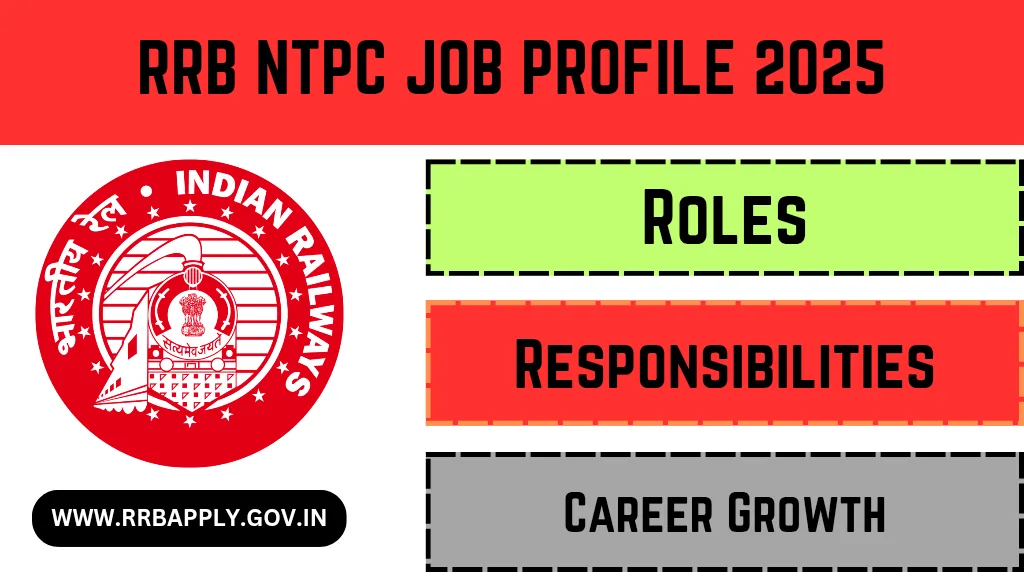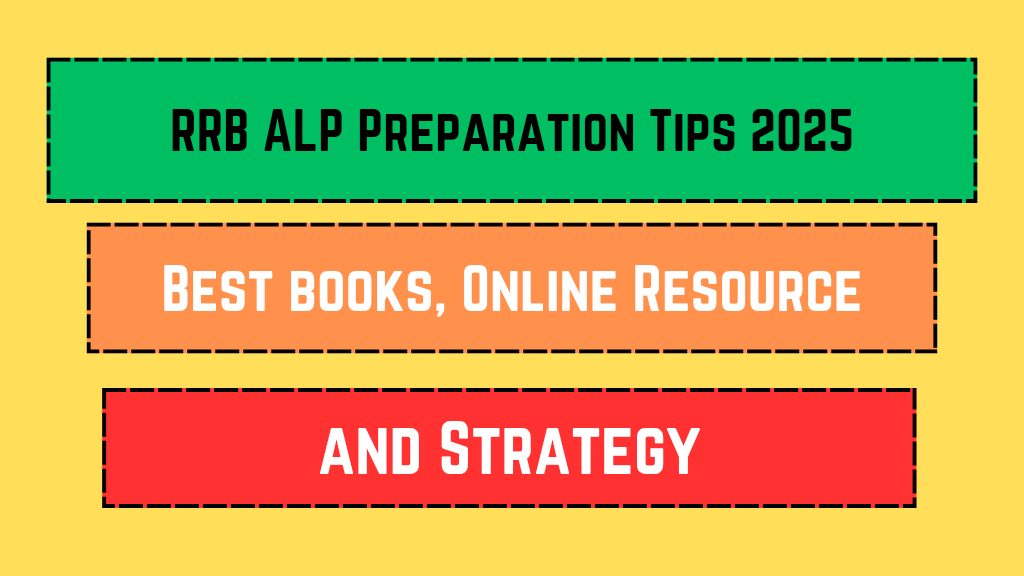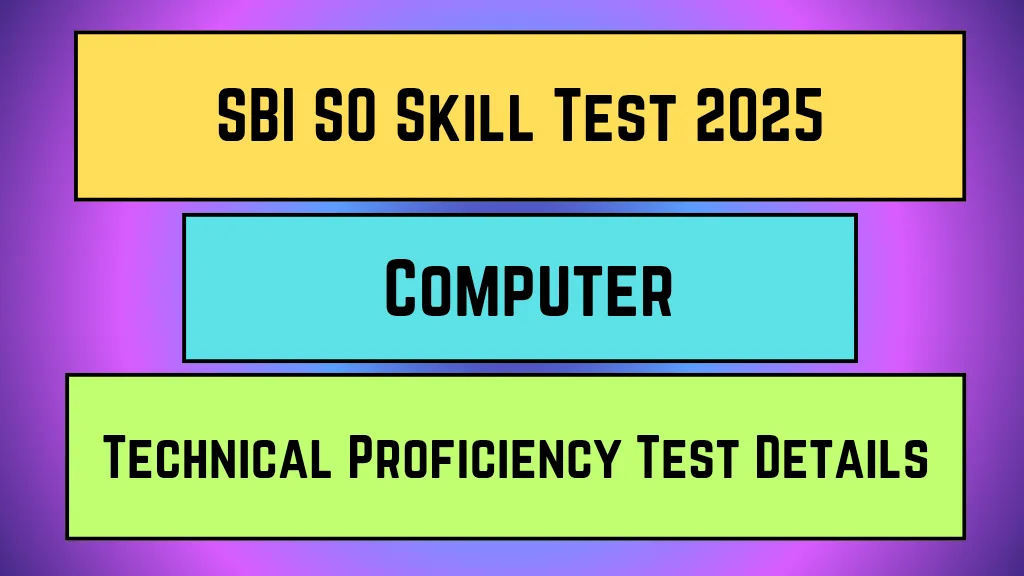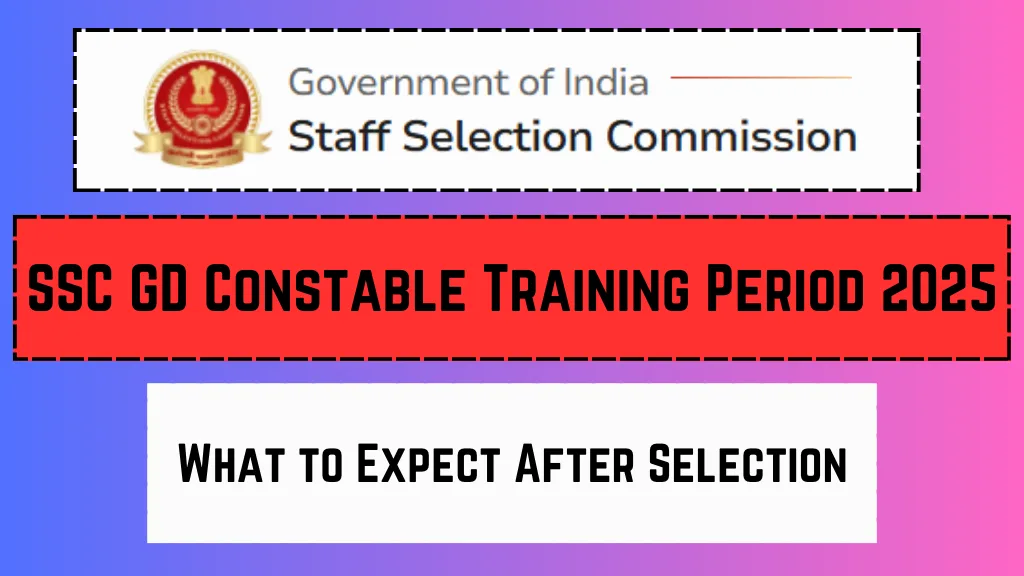The RRB Junior Translator recruitment process is a highly sought-after opportunity for candidates aspiring to work in the Indian Railways. The selection process includes a written exam and a skill test, each designed to evaluate different aspects of a candidate’s abilities. While the written exam tests your theoretical knowledge, the skill test assesses your practical translation skills. This article breaks down the differences, difficulty levels, and preparation tips for both stages, helping you navigate the process with confidence.
Key Highlights 📌
| Key Point | Details |
|---|---|
| Organization Name | Railway Recruitment Board (RRB) |
| Post Name | Junior Translator |
| Selection Stages | Written Exam + Skill Test |
| Written Exam Pattern | Objective-type questions (Language Proficiency + General Awareness) |
| Skill Test Format | Translation of passages (English to Hindi and vice versa) |
| Difficulty Level | Moderate for Written Exam; Skill Test requires practice |
| Importance of Skill Test | Qualifying in nature (no marks added to final score) |
| Preparation Time | 2-3 months recommended |
| Official Website | www.rrbcdg.gov.in |
Written Exam: What to Expect? 📝
The written exam is the first stage of the RRB Junior Translator recruitment process. It consists of objective-type questions designed to test your language proficiency and general awareness.
Exam Pattern
The written exam typically includes:
- Language Proficiency Section: Questions on grammar, vocabulary, and comprehension in both English and Hindi.
- General Awareness Section: Questions on current affairs, Indian railways, and general knowledge.
Difficulty Level
The difficulty level of the written exam is moderate. Candidates with a strong grasp of language skills and regular updates on current affairs can score well.
Skill Test: A Practical Challenge 🛠️
The skill test is the second stage and focuses on your ability to translate passages accurately. Unlike the written exam, this stage is qualifying in nature, meaning you need to clear it to move forward, but it doesn’t contribute to your final score.
Test Format
- English to Hindi Translation: You’ll be given a passage in English to translate into Hindi.
- Hindi to English Translation: Similarly, a Hindi passage will need to be translated into English.
Difficulty Level
The skill test is considered challenging because it requires not just language knowledge but also speed and accuracy. Candidates often struggle with time management and maintaining the essence of the original text.
Written Exam vs Skill Test: Key Differences 🔍
Here’s a quick comparison to help you understand the differences between the two stages:
| Aspect | Written Exam | Skill Test |
|---|---|---|
| Purpose | Tests theoretical knowledge | Tests practical translation skills |
| Format | Objective-type questions | Translation of passages |
| Scoring | Marks added to final score | Qualifying in nature (no marks added) |
| Difficulty | Moderate | Challenging |
| Preparation Focus | Language proficiency + General Awareness | Translation practice + Time management |
Preparation Tips for the Written Exam 🎯
Preparing for the written exam requires a strategic approach. Here are some tips to help you ace this stage:
1. Focus on Language Skills
- Brush up on grammar rules for both English and Hindi.
- Practice comprehension passages to improve reading speed and understanding.
2. Stay Updated on Current Affairs
- Read newspapers, watch news channels, and follow reliable online sources for daily updates.
- Focus on topics related to Indian railways, as they often appear in the exam.
3. Solve Previous Year Papers
- Practicing past papers helps you understand the exam pattern and identify important topics.
Preparation Tips for the Skill Test 🎯
The skill test demands a different set of skills. Here’s how you can prepare effectively:
1. Practice Translation Daily
- Translate short passages from English to Hindi and vice versa daily.
- Focus on maintaining the original meaning while ensuring grammatical accuracy.
2. Improve Typing Speed
- Since the test is conducted on a computer, practice typing in both languages to improve speed and accuracy.
3. Time Management
- Set a timer while practicing to simulate exam conditions and improve your efficiency.
Common Mistakes to Avoid 🚫
Many candidates make avoidable errors during the recruitment process. Here are some common mistakes and how to steer clear of them:
1. Neglecting the Skill Test
- Some candidates focus solely on the written exam and underestimate the skill test. Remember, both stages are equally important.
2. Ignoring Time Management
- Poor time management can lead to incomplete answers. Practice under timed conditions to avoid this.
3. Overlooking Grammar Rules
- Even small grammatical errors can cost you marks. Revise grammar rules thoroughly.
Resources for Preparation 📚
To help you prepare effectively, here are some recommended resources:
| Resource Type | Details |
|---|---|
| Books | – High School English Grammar by Wren & Martin |
| – Samanya Gyan by Lucent Publications | |
| Online Platforms | – Unacademy, BYJU’S, and Testbook for mock tests and study material |
| Mobile Apps | – Daily Current Affairs Apps (e.g., Inshorts) |
| – Typing Practice Apps (e.g., TypingMaster) |
By following these tips and understanding the differences between the written exam and skill test, you can approach the RRB Junior Translator recruitment process with confidence. Remember, consistent practice and a positive mindset are your best allies! 🌟
Shreya Reddy is a freelance writer specializing in exam results and admit cards. With a background in Psychology and 4+ years of experience, Shreya enjoys creating informative content for students. She loves reading novels.

